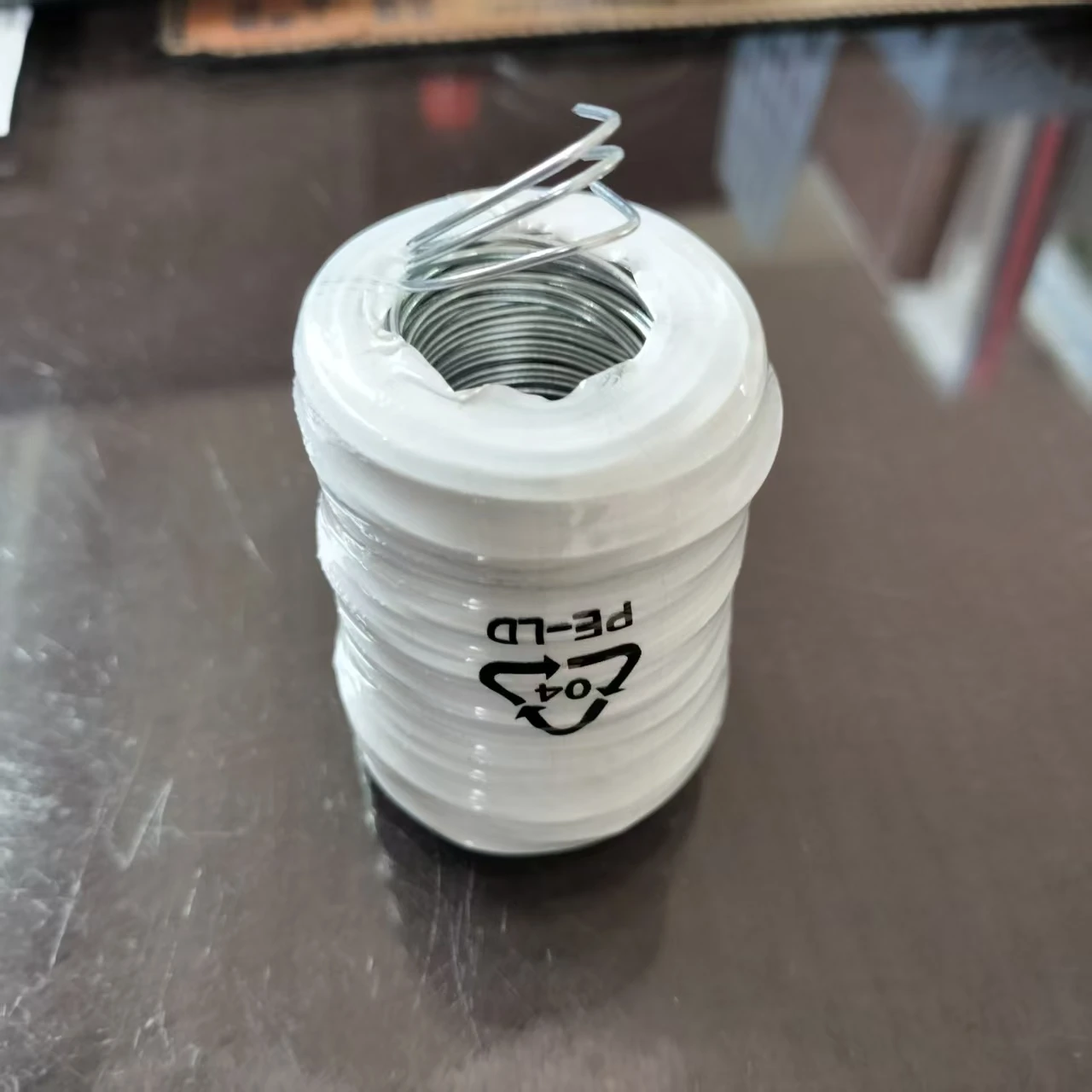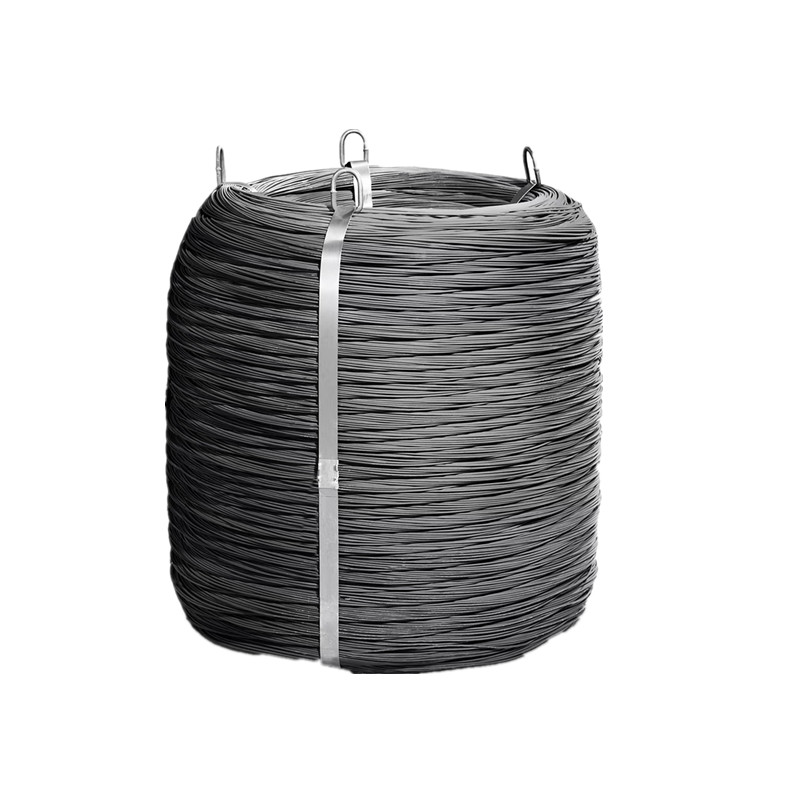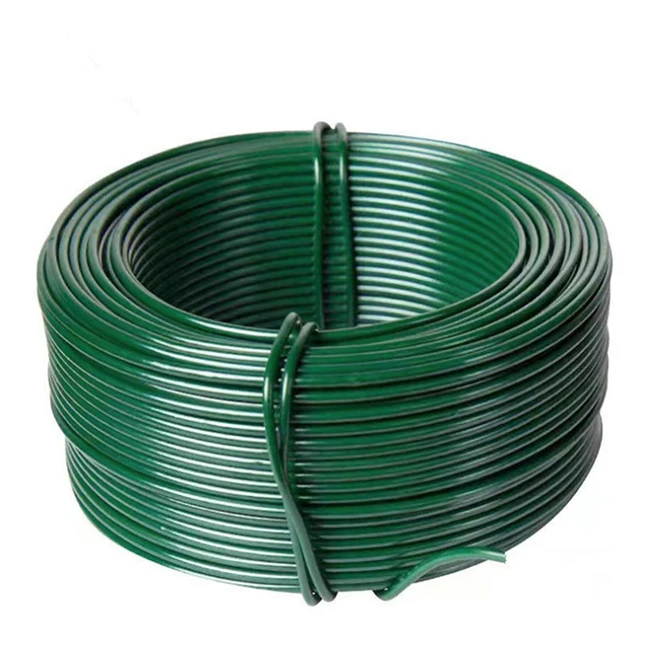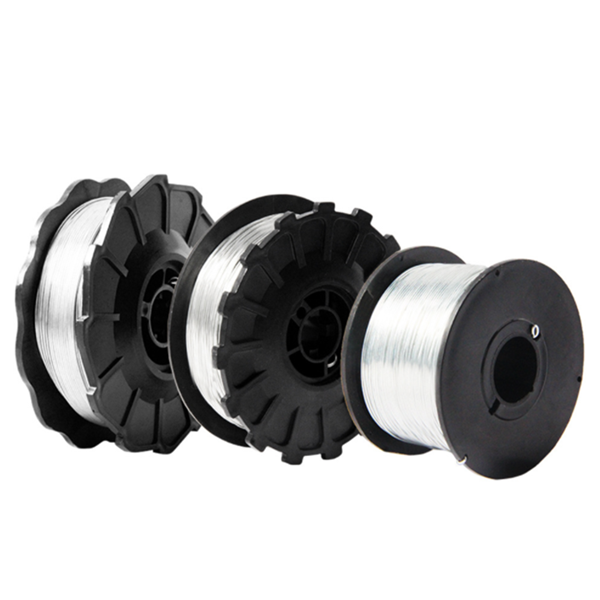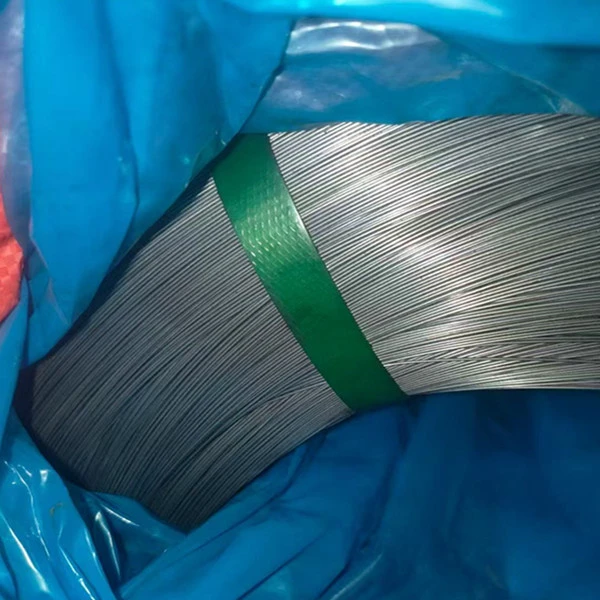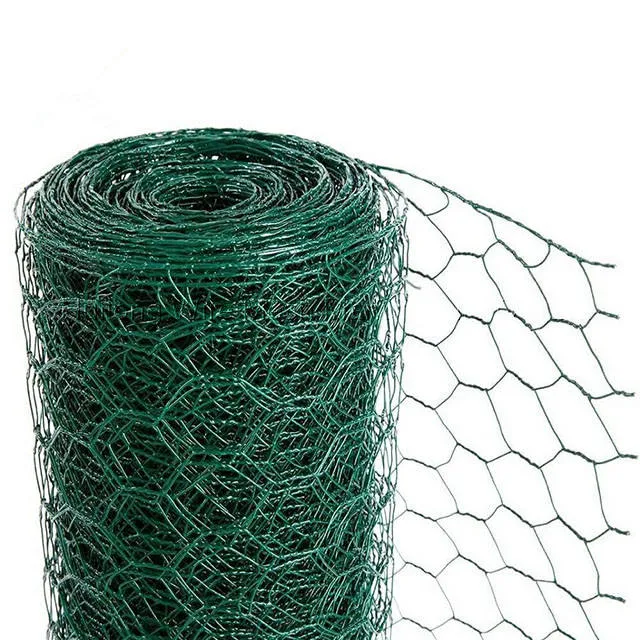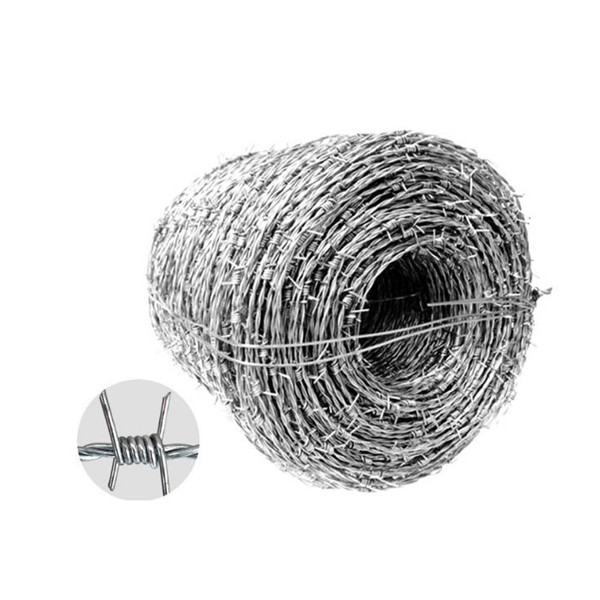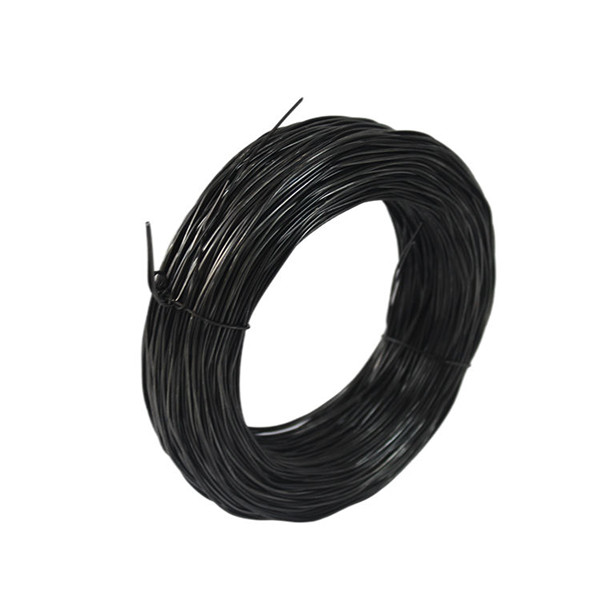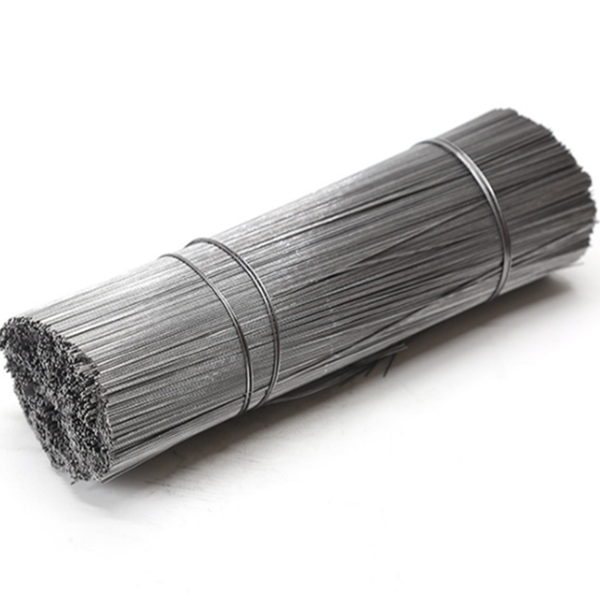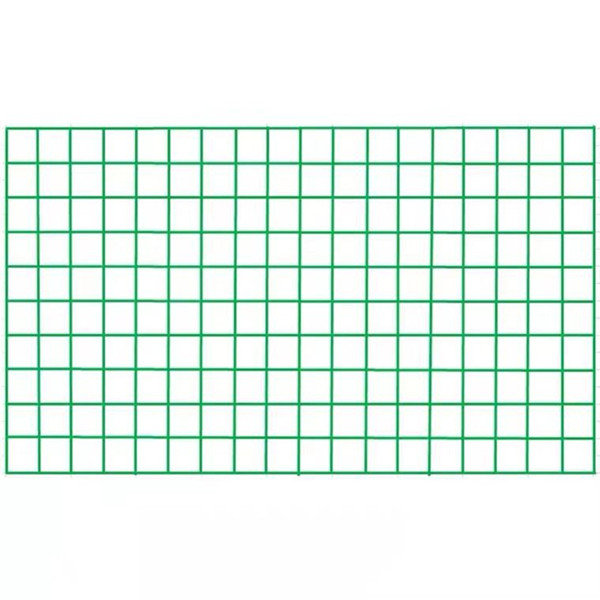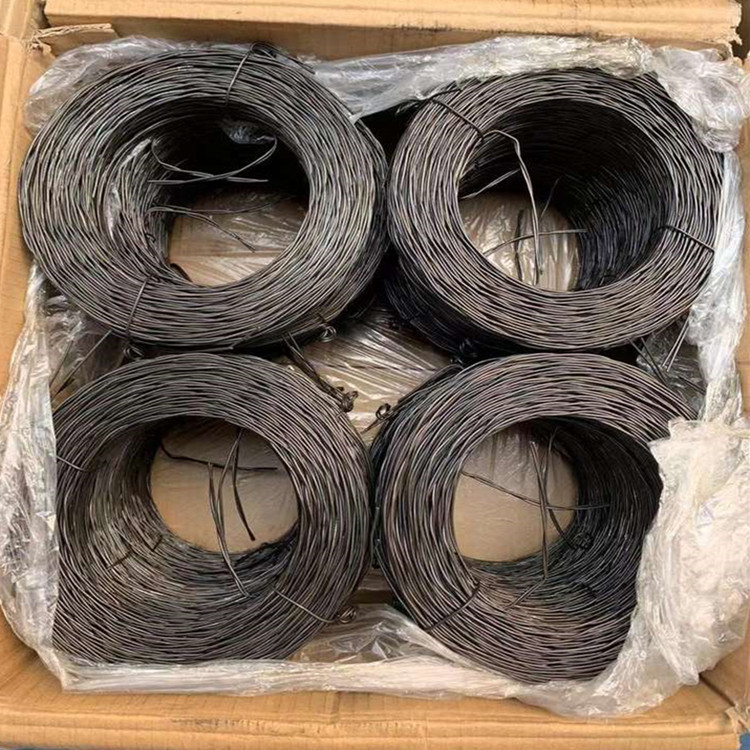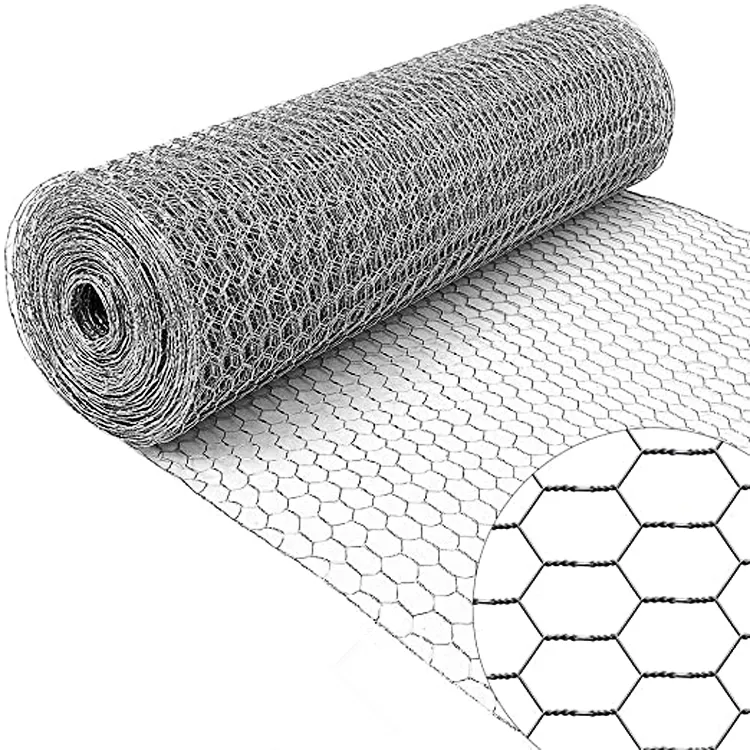The Unsung Hero of Security: Razor Wire and Its Global Impact
When you think about razor wire, it might just conjure an image of cold, prickly fences surrounding restricted areas. But frankly, razor wire is far more than a mere barricade—it's a critical security solution worldwide, balancing safety and practicality. Understanding its benefits and applications isn't just some niche interest; it’s vital for industries from border security to humanitarian aid, and even infrastructure protection.
Why does it matter globally? Because razor wire helps protect people, assets, and even dignity in places facing political tension, industrial vulnerabilities, or post-disaster insecurity. Its widespread use addresses a pressing challenge: how to secure large areas efficiently, affordably, and reliably.
Why Razor Wire? A Global Perspective
Consider this: According to the United Nations Office on Drugs and Crime (UNODC), an estimated 70% of global borders have some form of physical security barrier, many relying on cutting-edge perimeter defenses like razor wire. Whether stabilizing post-conflict regions or safeguarding critical infrastructure, razor wire plays a key role in these complex security ecosystems.
Yet, challenges persist — from ensuring quick deployment to managing the environmental footprint of these high-tech fences. Industries everywhere wrestle with balancing security needs and sustainability goals. It’s a puzzle razor wire solutions help solve, in ways that often go unnoticed.
So, What Exactly Is Razor Wire?
In simple terms, razor wire is a type of barbed wire but with sharp metal edges designed to discourage intruders or animals from crossing a barrier. It’s constructed with a core wire, wrapped by a strip of metal with razor-sharp edges or blades, which creates a formidable deterrent.
Unlike traditional barbed wire, its design features mean it can cover larger areas with fewer strands yet provide better protection. This makes it invaluable not just for law enforcement or military zones, but increasingly for civilian use in industrial parks, prisons, and even humanitarian relief operations where safety needs spike unexpectedly.
Core Components and Key Qualities of Razor Wire
Durability: Built to Last Through Rough Weather
Razor wire is typically galvanized or stainless steel, protecting it from corrosion, rust, and wear—critical in harsh climates, from desert heat to coastal humidity. In fact, many engineers say the longevity can exceed 10 years, sometimes much longer with proper maintenance. This makes it a cost-effective option over the long haul.
Scalability: Easy to Customize and Deploy
One of razor wire’s strengths is its modularity. Rolls of wire can be combined or stretched to cover various lengths, heights, and terrain types—from flat grounds to rugged hills. This flexibility matters for fast-changing environments, say, when a relief camp needs quick perimeter setup.
Cost Efficiency: Balancing Price and Performance
When compared to solid walls or electronic surveillance, razor wire is shockingly affordable both upfront and in maintenance. And you get a physical barrier that’s immediately intimidating. Of course, you still have to consider local labor and compliance costs, but overall it’s a pragmatic security investment.
Safety: Protecting Without Excess Harm
Although designed to stop intruders, modern razor wire is engineered with safety standards to minimize serious injury. This is especially important in areas where animal migration crosses security zones or where accidental contact might occur.
How Is Razor Wire Used Globally?
The applications of razor wire span continents and industries. Here are just a few common examples:
- Border Security: Countries like the United States, India, and many European nations use razor wire extensively to secure borders against illegal crossings or smuggling.
- Industrial Facilities: High-value sites such as power plants, refineries, and warehouses often integrate razor wire into their perimeter defenses to deter theft and sabotage.
- Humanitarian Zones: NGOs set up razor wire around camps following natural disasters or conflicts to protect displaced persons and medical centers.
- Correctional Facilities: It’s a standard protective layer around prisons worldwide, ensuring containment and preventing escape.
For example, in remote mining operations in Australia, razor wire fences help safeguard equipment and resources from intruders, while in post-conflict zones in Africa, razor wire installations protect crucial humanitarian corridors.
Mini takeaway: Razor wire’s versatility means it’s not just a security tool but part of a larger societal infrastructure that supports order, safety, and even humanitarian dignity.
Razor Wire Product Specification
| Specification | Details |
|---|---|
| Material | Galvanized Steel / Stainless Steel |
| Blade Length | 22 mm to 30 mm |
| Core Wire Diameter | 2.5 mm to 4.0 mm |
| Roll Length | 15 meters to 30 meters per coil |
| Finish | Hot-Dip Galvanized or Electro-galvanized |
| Weight | Approximately 3.5 to 7.0 kg per meter |
Choosing a Vendor: What You Should Know
When sourcing razor wire, it’s not just about price. Quality, customization options, certifications, and delivery logistics weigh heavily. Here is a quick vendor comparison to help you navigate choices:
| Vendor | Material Options | Certification | Custom Length | Lead Time | Price Range (USD/meter) |
|---|---|---|---|---|---|
| Lanye Wire Mesh | Galvanized, Stainless | ISO 9001, CE | Yes | 2–3 weeks | $5–$8 |
| Global Safety Wires | Electro-Galvanized | ISO 14001 | Limited | 4–5 weeks | $4–$7 |
| SecureEdge Supplies | Stainless steel only | CE Certified | Yes | 1–2 weeks | $7–$10 |
The Long-Term Value and Benefits of Razor Wire
Cost and performance aside, the emotional reassurance razor wire provides is significant. It’s a visible deterrent, instantly communicating "no trespassing" in an unmistakable language. In places where trust is fragile—say a border or a temporary relief camp—this physical boundary helps maintain order and protects lives.
Moreover, considering sustainability, advancements in corrosion-resistant coatings and recyclable materials mean that modern razor wire systems are becoming not only stronger but also greener. This is critical as more industries commit to sustainable practices.
All told, razor wire acts as a backbone for infrastructure protection, helping businesses and governments feel more secure, while supporting humanitarian principles at the same time.
Looking Ahead: Innovations on the Razor Wire Horizon
In the next 5-10 years, expect razor wire products to take advantage of:
- Smart Sensors: Embedded technology for detecting cut attempts or breaches, linked via IoT for real-time security alerts.
- Eco-friendly Coatings: Biodegradable or low-impact materials that reduce environmental harm, particularly in fragile ecosystems.
- Enhanced Modular Designs: Quicker assembly and dismantling features to support rapid deployment in emergency zones.
These advances reflect broader trends in security technology – digital transformation married with sustainability goals.
The Most Common Challenges and What Experts Recommend
Despite its many benefits, razor wire isn’t without drawbacks. Installation requires skilled labor, and improper handling can cause injuries. Environmental concerns also linger, especially if abandoned or misused.
Experts recommend investing in proper training for installers, adopting standard safety protocols, and partnering with suppliers offering recyclable or less hazardous materials. For large projects, blending razor wire with complementary security systems (like cameras or lighting) creates a multi-layered shield that is both smarter and safer.
FAQ: Razor Wire Demystified
1. Is razor wire safe for use in populated or animal-rich areas?
Modern razor wire often meets safety standards to minimize severe injuries. However, in wildlife zones or near civilian housing, it’s crucial to consult experts to use appropriate types and placements to reduce accidental contact.
2. How long does razor wire typically last outdoors?
Depending on material and climate, galvanized or stainless steel razor wire can last 10 to 15 years, sometimes more with maintenance. Coastal or highly humid areas may see shorter lifespans unless premium corrosion-resistant finishes are used.
3. Can razor wire be quickly deployed during emergencies?
Yes. Razor wire is designed for scalable deployment. It’s lightweight enough for transport and can cover extensive perimeters relatively fast, which is why it’s popular in post-disaster humanitarian setups.
4. How do I ensure the razor wire I buy complies with international standards?
Look for suppliers certified under ISO 9001 (quality management) or CE compliance. These certifications help ensure manufacturing quality and safety standards are met.
5. What alternatives exist to razor wire if environmental impact is a concern?
Alternatives include welded mesh fencing with visual deterrents, electric fences, or natural barriers in some cases. However, each has trade-offs, and razor wire remains unmatched for quick, effective physical security.
Final Thoughts: Razor Wire as a Modern Security Staple
At the end of the day, razor wire isn’t just cold metal in coils—it’s a frontline tool helping to secure lives, property, and peace of mind worldwide. Whether you’re a security manager, humanitarian worker, or industrial facility planner, understanding its strength and versatility can help you make smarter, safer choices.
For those interested in reliable, quality razor wire solutions, visit razor wire specialists like Lanye Wire Mesh — because sometimes, protection really is a matter of sharp focus.
Mini takeaway: The blend of tradition and innovation in razor wire makes it indispensable in a world that’s ever more security-conscious yet sustainability-minded.





